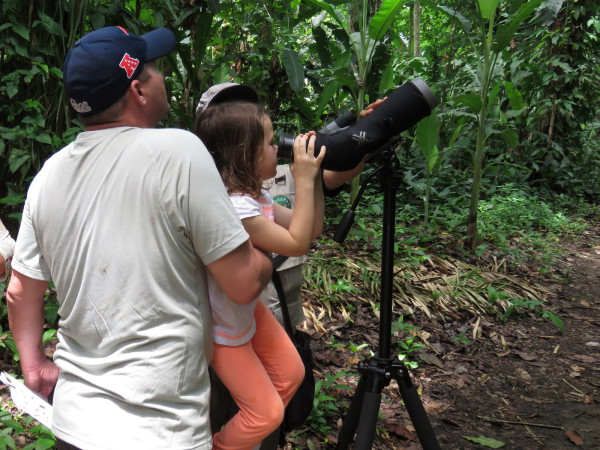Carara National park is located on the northern end of the central Pacific coast only 30 – 40 minutes from San José but it’s a world away from the big city. The vast majority of travelers to the region zip right past on their way to the well known beach destinations at Jacó and Manuel Antonio but the park is well worth a stop especially for wildlife lovers. The unique location along one of the larger rivers and in the transition zone from tropical dry forest to rain forests means that Carara rivals every other protected area in diversity.
Even if you’re planning on visiting the wildlife mecca at Manuel Antonio national park you’ll find a visit to Carara extremely rewarding. One of the species the park is best known for are the scarlet macaws (Ara macao) and although they do make occasional appearances at Manuel Antonio the core breeding populations are farther north and you’re all but guaranteed to see them at Carara. Other species that like it a bit drier include a variety of Trogons (relatives of the famous resplendent quetzals of Monteverde) and some of the woodpeckers.
One species you’ll be happy to miss on the southern swimming beaches is the American crocodile (Crocodylus acutus) which thrives in the Río Grande de Tarcoles on the northern boundary of Carara. At least make a quick stop at the “crocodile bridge” (you can’t miss it on the Costanera road – Hwy 34) or if you want a more immersive experience take one of the canopied safari boats that ply the river. The guides will point out dozens of species of aquatic and wading birds in addition to ensuring extreme closeups of the immense reptiles on the banks.


























































